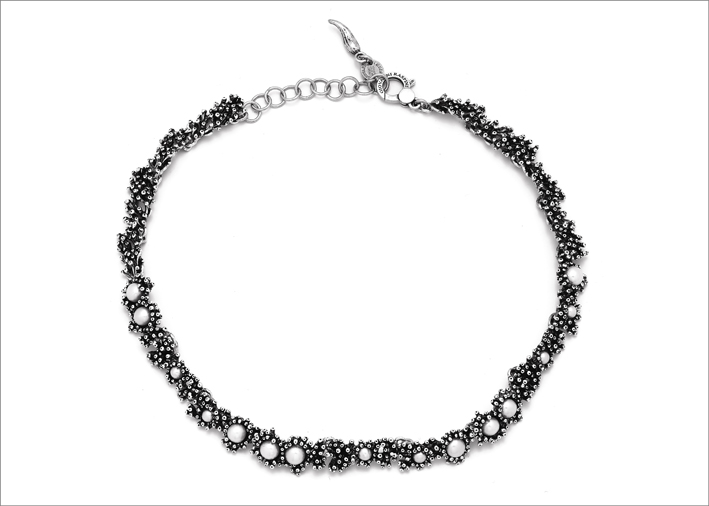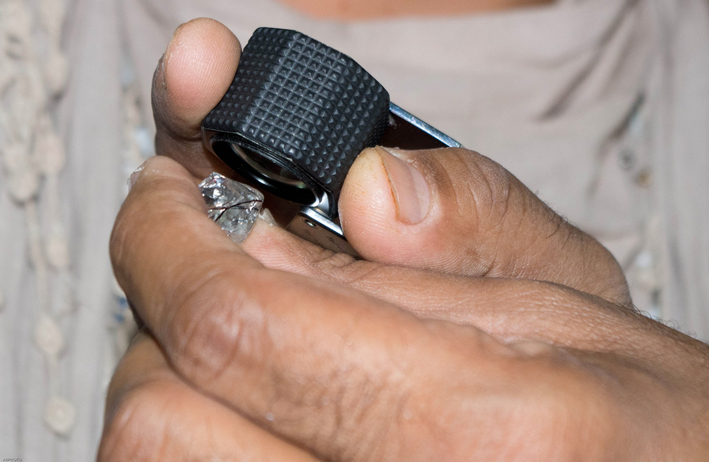How and why to choose an emerald ring: useful tips for buying the green stone ♦ ︎
Is green your favorite color? It is certainly the color of the meadows, but also of Ireland, of youth and much more. For example, emeralds. Green is very fashionable, also thanks to the awareness that greater environmental protection is needed. So, if you want to buy an emerald ring you have made the right choice. Wait a minute: can you choose an emerald ring? Here’s what you need to know (and don’t skip # 5).

1 Attention to treatment. Often the stones used by jewelers are not in the same condition as when they are extracted from the ground. Emeralds, for example, are in most cases treated in some way to improve their appearance. And this happens because emeralds very often have inclusions, also called jardin in a romantic way. These gardens can alter the appearance of the stone too much and, for this reason, can be eliminated or reduced with different methods. This is not bad if it improves the appearance. Another problem that is almost always encountered in emeralds are the micro cracks present in the stone. Therefore, it is better to know which treatment the emerald you want to buy undergoes. Often, for example, emeralds are treated with a special oil or synthetic resin. To improve them, the stones are immersed in the liquid, which is subsequently compressed into the gem so that it can penetrate as deeply as possible between the micro cracks of the emerald. The treatment with oil is the most natural and does not remain forever in the stone. Even so, however, inclusions may be visible. Nothing wrong with that: but know that the most precious emeralds (very rare and much more expensive), however, are those that do not undergo treatments.

2 Ask where it comes from. When buying an emerald ring ask where the stone was mined. The most precious emeralds, for example, come from Colombia, often they are also clearer and more transparent. For this reason, green can sometimes appear slightly less intense. The most popular emeralds are those with a darker, deeper shade, almost tending to blue. On the other hand, an untreated emerald, even if it is a little pale, but without inclusions, can be more precious than a treated dark one. Other excellent emeralds come from African countries, such as Zambia. But also from Zimbabwe and Ethiopia.

3 How to evaluate an emerald. How much is an emerald really worth? Difficult to say: it can range from a few hundred euros or dollars to thousands for each carat, it all depends on the quality. Color is the most considered aspect in establishing the price for an emerald. The most popular hue tends to a saturated and vivid color, but not too dark. Another important aspect is transparency: the more they are similar to a crystal, the more they are required. Third important parameter is that the color is distributed evenly. So, take a good look at your emerald before buying it.

4 Shape is important. The classic cut for the green stone is called the emerald cut. It is a rectangular type cut, with a stepped edge, straight linear facets, arranged parallel along the stone. To prevent fracture of the gemstone the corners of an emerald cut stone are usually cut, in order to avoid friction or random impacts. This type of cut also has another reason: it is the one that best suits the type of crystal with which the emeralds are composed. Furthermore, it is the cut that manages to make the micro cracks less evident.

5 Beware of clones. The idea is spreading that it is more respectful for the environment to use synthetic stones instead of natural gems, extracted from the earth. It is a controversial aspect. In any case, usually synthetic emeralds (but also diamonds and other stones) are generally marketed with the company name and the word “created” or “grown”, lab-grown, ie coming from a laboratory. You won’t also find the word “synthetic”, but it is the same thing: they cost less, but it is not a natural stone. To you the choice.
6 How to clean the emerald. Remember that an emerald almost always has micro fractures, usually invisible to the naked eye. Therefore, avoid aggressive detergents, but also cleaning with ultrasound or steam. Warm water and a few drops of neutral soap, on the other hand, are fine.











